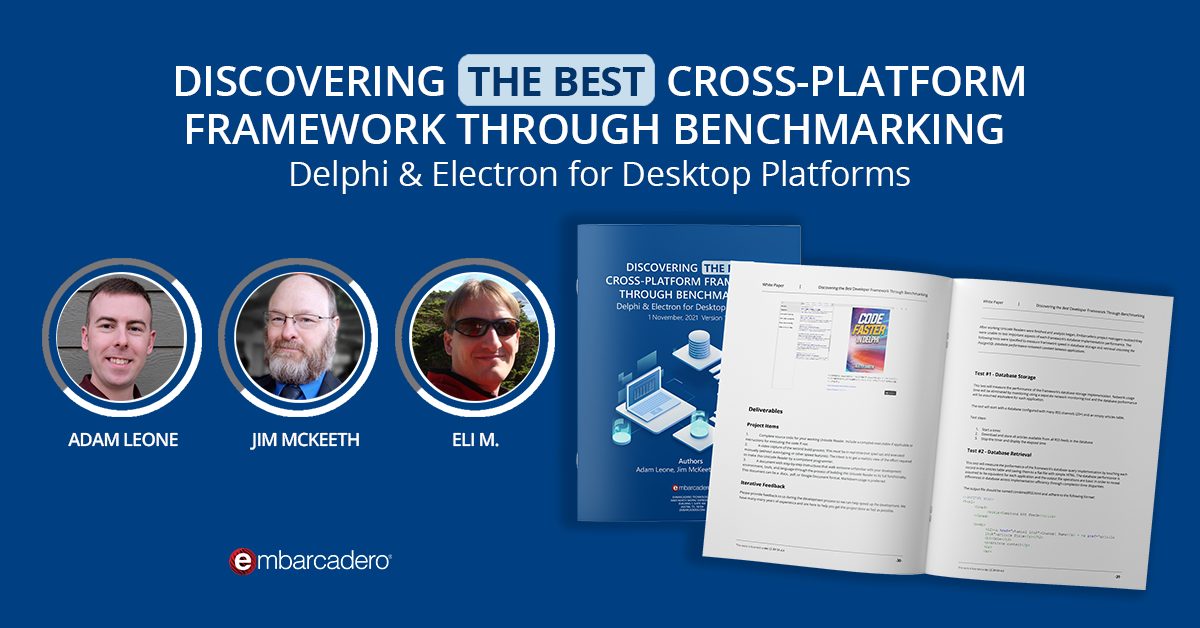
Low-code and no-code solutions are getting increasingly popular. This is because these platforms make it simpler for businesses to create apps with no prior coding skills. Organizations may design an app precisely how they want it with the low-code platform’s visual development tools and app plugins. A low-code development platform helps you save time and money. But, how do we find the best low code platform?
Table of Contents
Why is low code becoming so important?
The global low-code development industry will expand by 23% to $13.8 billion in 2021. Although low-code programming is not new, it saw a boom in attention and development in 2020, partly due to the COVID-19 epidemic. In a global survey conducted in 2021, 33% of respondents said their company uses low code for data modeling and visualization. Other low code applications include data protection, automating work procedures, and establishing e-commerce apps.
There are so many choices of low code platforms in the market such as RAD Studio, Delphi, and C++ Builder It can be daunting to choose the best low code platform that suits your needs.
In a separate article, we present a and how plethora of facts and information about the best low code platforms and how your organization can reduce costs by automating tasks using them.
So, here are some suggestions to assist you.
What is a low code platform?
Low code platforms are software development tools that allow non-developers to create custom applications. They are not limited to website development but can be used for any software application.
Low code platforms make it easier for users who are not experts in computer programming to develop their applications. Low code platforms typically use a drag-and-drop interface. Here, you can drag an icon onto the screen, and it will function just like it would in real life. This makes it easier for less technically savvy people to build applications and be an expert at these platforms without learning how to code them from scratch.
What are the benefits of using the best low code platform and how do I know it is the best?
- Speed to market: Low code platforms allow businesses to get products and features to market faster. The GUI makes it easy for non-technical users to create an app without learning how to code first.
- Low code platforms can be less expensive than traditional development approaches because non-technical users can use them. This reduces the need for additional resources like developers and designers.
- Agility: The ability to rapidly deliver new features, products, or services is critical in today’s highly competitive marketplace. Low code platforms help organizations become more agile by reducing the development time.
- Increased quality: There is no such thing as too much testing when it comes to software quality. Low code platforms can be tested at any stage of development with automated testing tools. This helps improve the quality of software products and reduces maintenance time and costs.

What are the 12 steps to find the best low code platform?
Here are some steps to help you locate the finest low-code platforms.
1. Identify your low code app business needs
The first step is understanding what your business needs from a low-code platform.
- Is it something that can be implemented in short order?
- Or is it something that will require extensive customization?
These questions will help define which platform is right for your business.
2. Research the available low code platform app builder options
Research various low code platforms and narrow down your options. Look at each platform’s pricing models, supported languages, and integration capabilities. You can also find out what other companies have used these platforms for their projects.
3. Evaluate the features and pricing
Evaluate the features of each platform and compare pricing. Some platforms may offer specific features like artificial intelligence capabilities or data analytics tools at an additional cost. Others may be more affordable with fewer features included in their basic subscription plans.
4. Consider your budget
The first thing that you’ll need to do is determine how much money you want to spend on your project. If you have a small budget, there are plenty of free or inexpensive options available. Many vendors offer enterprise licenses at relatively affordable prices if you have a large budget.
5. Research customer reviews, are they describing the best low code platform?
You can get some good insight by reading what people (who have used these platforms) say about them online and in forums or communities such as StackOverflow or Quora.
6. Evaluate the vendors
Next, make sure that you evaluate each vendor thoroughly before choosing one — this means looking at their feature sets and their pricing models. This will give you an idea about which vendors might be right for your business or project.
7. Try out the platforms
Each platform will have its strengths and weaknesses. So, it’s important to understand how they differ and how each one will impact your project.
8. Choose one, is it what you think is the best low code platform?
There are many options out there like RAD Studio, C++ Builder, Delphi, and more. So, it’s important to narrow down your choices and pick just one platform before you begin evaluating them in more depth.
9. Train employees
Train employees to use the platform, especially if you plan to use it for prototyping or testing purposes (for example, for production). Employees may need training depending on their experience with coding languages and development tools such as HTML5 and CSS3 (Cascading Style Sheets).
10. Create low code prototypes and test them
Create prototypes and test them to see if they meet your expectations before implementing them into production environments or using them in a live environment (such as when customers are using them). This helps ensure that any problems are caught early on before they cause issues down the line.
11. Consider the security, the best low code platform should be secure and trustworthy
Before you begin looking at different platforms, it’s important to think through some key questions related to security and compliance requirements:
- Are there any data security policies that must be followed?
- Are there any legal requirements that must be met?
- Does the app need to be compliant with HIPAA requirements?
You should look for a platform with an auditable trail of user changes and automated compliance checks built into the platform.
12. Check out the available integrations
Find out which third-party tools can integrate with your chosen platform. This will make the most of its features and capabilities as well as reduce costs by avoiding duplicated efforts. Look for integrations with popular tools such as Atlassian Jira and Slack, which your team members or customers will use. You also need to make sure the platform supports all major programming languages & development environments. This won’t force your developers to learn new skills before starting to build apps on the platform.

What things should be considered while choosing a low code platform?
Choosing a low code platform can be a daunting task. There are many things to consider before making your choice, and here are some of them:
- Ease of use: If the platform is too complex or hard to use, developers may be frustrated and give up. A good low code platform should be easy for anyone in your team to learn and use with little training required.
- Cost: Low-cost platforms have their pros and cons — they often have fewer features, making them less flexible than higher-cost enterprise platforms. But at the same time, they don’t require huge investments in infrastructure or ongoing maintenance fees. Consider how much money you want to spend upfront and overtime on each platform before committing.
- Collaboration features: At times, you might want other team members to work on the app or website, so the LCP must-have collaboration features built right into its core architecture.
- The complexity of projects supported by the platform: Some platforms are better suited for simple projects while others support more complex ones. Consider how complex your project is so that you can choose one that meets your needs.
Are you ready to use the best low code platform?
While the best low code platform to use will depend on your specific needs. A little research can save you hours (or even days) of time. If you’re looking for a quick way to create a new web app without a lot of hassle, consider RAD Studio, C++ Builder, or Delphi. They have the potential to make for a fast, effective, and enjoyable development process.
Design. Code. Compile. Deploy.
Start Free Trial Upgrade Today
Free Delphi Community Edition Free C++Builder Community Edition





